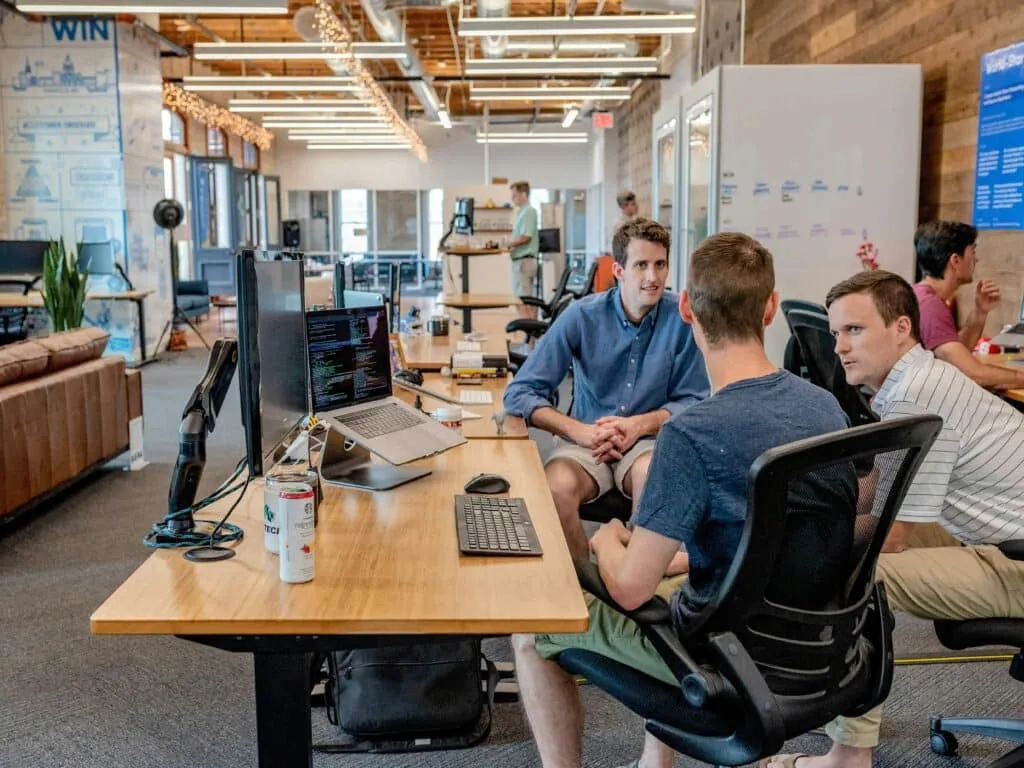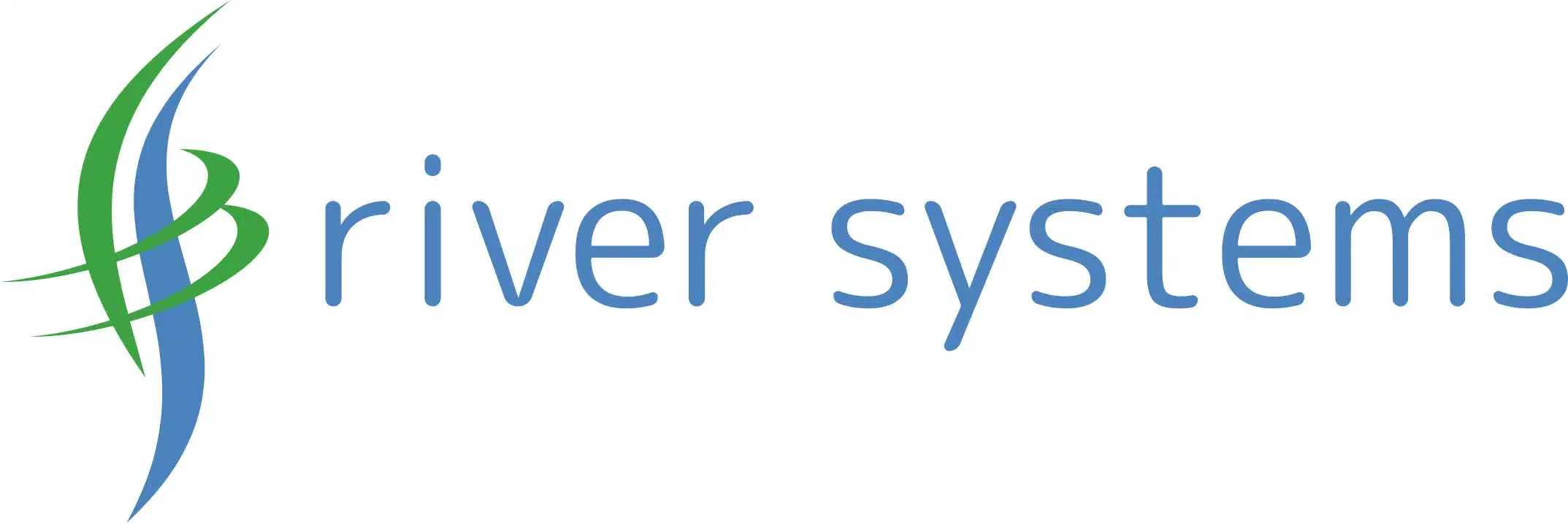Designing the Perfect Conference Room for Small Businesses

Designing the Perfect Conference Room: Cost-Effective Solutions for Small Businesses
Creating an efficient and inspiring conference room is essential for small businesses aiming to foster collaboration and drive innovation. With budgets often tight, finding cost-effective solutions for conference room design becomes crucial, especially in an era where hybrid work is becoming the norm. From selecting the right small business AV equipment to incorporating versatile collaboration tools, there are numerous ways to transform a basic meeting space into a hub of productivity without breaking the bank. Whether you’re setting up a new office or revamping an existing space, this guide will provide practical tips and insights to help you create a conference room that meets your business needs. Get ready to explore smart strategies that will make your conference room a valuable asset in your company’s growth journey.
Understanding Conference Room Design
Conference room design is a critical aspect of creating an effective workspace for small businesses. This section explores the importance of thoughtful design, key elements to consider, and how to tailor your conference room to meet your specific needs.
Importance for Small Businesses
For small businesses, a well-designed conference room is more than just a meeting space. It’s a hub for collaboration, creativity, and decision-making.
A thoughtfully designed conference room can significantly impact productivity and team dynamics. It provides a dedicated space for focused discussions, client meetings, and brainstorming sessions, which are crucial for business growth.
Moreover, a professional conference room can enhance your company’s image, making a lasting impression on clients and partners. It demonstrates your commitment to fostering a productive work environment and can be a key factor in attracting and retaining talent.
Key Elements to Consider
When designing a conference room, several key elements deserve careful consideration to ensure functionality and comfort.
Furniture is a crucial component. Choose a table and chairs that are not only comfortable but also flexible enough to accommodate various meeting sizes and styles. Consider ergonomic options to promote well-being during long meetings.
Technology plays a vital role in modern conference rooms. Invest in reliable audiovisual equipment, including displays, cameras, and sound systems, to facilitate seamless communication and presentations.
Lighting and acoustics are often overlooked but are essential for creating a conducive meeting environment. Proper lighting reduces eye strain, while good acoustics ensure clear communication without distractions.
Tailoring to Your Needs
Every business has unique requirements, and your conference room should reflect these specific needs.
Consider the primary purpose of your conference room. Will it be used mainly for internal team meetings, client presentations, or video conferences? This will guide your decisions on layout, technology, and furnishings.
Think about your company culture and brand identity. Your conference room design should align with your overall office aesthetic and company values. This consistency helps reinforce your brand identity to both employees and visitors.
Flexibility is key, especially for small businesses. Design a space that can adapt to different meeting styles and sizes. Modular furniture and portable technology can help create a versatile space that evolves with your business needs.
Cost-Effective Solutions
Creating an impressive conference room doesn’t have to break the bank. This section explores budget-friendly options for furniture, AV equipment, and DIY design tips to help small businesses maximize their resources.
Budget-Friendly Furniture Options
Furnishing a conference room on a budget requires creativity and smart shopping. Here are some cost-effective strategies:
-
Look for second-hand or refurbished office furniture. Many companies sell high-quality used furniture at a fraction of the original price.
-
Consider modular furniture systems that can be reconfigured as your needs change, providing long-term value.
-
Explore online marketplaces and local office supply stores for deals and discounts on new furniture.
Remember, functionality should be your priority. A simple, well-made table and comfortable chairs can be just as effective as more expensive options. IKEA Business offers affordable and stylish options suitable for small business conference rooms.
Affordable Small Business AV
Investing in quality AV equipment is crucial, but it doesn’t have to be expensive. Here are some tips for finding affordable solutions:
Look for all-in-one video conferencing systems that combine a camera, microphone, and speaker. These can be more cost-effective than purchasing components separately.
Consider refurbished or previous-generation models of reputable brands. They often offer similar functionality at a lower price point.
Explore subscription-based services for video conferencing software. Many providers offer affordable plans tailored for small businesses.
Logitech offers a range of affordable and reliable video conferencing solutions suitable for small business conference rooms.
DIY Design Tips
With some creativity and effort, you can enhance your conference room design without hiring a professional:
-
Use paint to create an accent wall that adds visual interest and reflects your brand colors.
-
Install floating shelves for storage and display, adding functionality without taking up floor space.
-
Create custom artwork using digital prints or canvas to personalize the space affordably.
Remember, simplicity often leads to a more professional look. Focus on clean lines, a cohesive color scheme, and minimal clutter to create an impressive space on a budget.
Optimizing Collaboration Tools
In today’s digital age, effective collaboration tools are essential for productive meetings and seamless communication. This section explores the must-have technologies, strategies for streamlining communication, and ways to enhance interactive meetings.
Essential Technology for Teams
Modern teams require robust technology to collaborate effectively, especially in hybrid work environments. Here are some essential tools to consider:
-
Video conferencing software: Platforms like Zoom or Microsoft Teams are crucial for connecting remote and in-office team members.
-
Interactive displays: Smart boards or touchscreen displays can facilitate dynamic presentations and brainstorming sessions.
-
Cloud-based document sharing: Services like Google Workspace or Microsoft 365 enable real-time collaboration on documents, spreadsheets, and presentations.
Investing in these technologies can significantly improve team productivity and engagement. Cisco Webex offers comprehensive collaboration solutions tailored for small businesses.
Streamlining Communication
Effective communication is the backbone of successful collaboration. Here are strategies to streamline communication in your conference room:
Implement a user-friendly room booking system to avoid scheduling conflicts and ensure smooth meeting transitions.
Use wireless presentation systems that allow multiple participants to share their screens easily, promoting more dynamic discussions.
Consider installing a digital signage system outside the conference room to display meeting schedules and important announcements.
By removing communication barriers, you can create a more efficient and productive meeting environment.
Enhancing Interactive Meetings
Interactive meetings engage participants and lead to better outcomes. Here are some ways to make your meetings more interactive:
-
Utilize digital whiteboarding tools that allow both in-person and remote participants to contribute ideas in real-time.
-
Implement audience response systems for quick polls and feedback during presentations.
-
Explore virtual reality (VR) or augmented reality (AR) tools for immersive presentations or product demonstrations.
Remember, the goal is to encourage participation and collaboration from all attendees, regardless of their location. Miro offers an online collaborative whiteboard platform that can enhance interactivity in your meetings.
Creating a Welcoming Environment
A welcoming conference room environment can significantly impact the productivity and comfort of meeting participants. This section focuses on optimizing lighting and acoustics, adding personal touches, and implementing flexible layout ideas.
Lighting and Acoustics
Proper lighting and acoustics are fundamental to creating a comfortable and functional conference room environment.
For lighting, aim for a combination of natural and artificial light. Large windows can provide natural light, which has been shown to improve mood and productivity. Supplement this with adjustable artificial lighting to ensure consistent illumination throughout the day.
Acoustic considerations are crucial for clear communication. Use sound-absorbing materials like carpets, acoustic panels, or even plants to reduce echo and background noise. Consider installing a sound masking system for larger rooms to ensure privacy and reduce distractions.
Lutron offers smart lighting solutions that can be tailored to small business conference rooms, allowing for easy adjustment of lighting levels.
Incorporating Personal Touches
Adding personal touches to your conference room can make it feel more inviting and reflect your company’s culture.
Consider displaying your company’s mission statement or core values on the wall. This serves as a constant reminder of your organization’s purpose and can inspire both employees and visitors.
Incorporate artwork or photographs that reflect your company’s industry or local community. This can be a great conversation starter and adds visual interest to the space.
Include plants or other natural elements to bring life to the room. Studies have shown that the presence of plants can reduce stress and increase productivity in office environments.
Flexible Layout Ideas
A flexible layout allows your conference room to adapt to various meeting types and sizes. Here are some ideas to consider:
-
Use modular furniture that can be easily rearranged for different meeting styles, from formal presentations to casual brainstorming sessions.
-
Install wheels on tables and chairs for easy reconfiguration of the space.
-
Consider a mix of seating options, such as high-top tables with stools, comfortable lounge chairs, and traditional conference seating.
Remember, the goal is to create a space that can easily transition between different uses, maximizing the utility of your conference room. Steelcase offers innovative furniture solutions that can help create flexible and adaptable meeting spaces.
Implementing Your Design Plan
Turning your conference room design ideas into reality requires careful planning and execution. This section provides a step-by-step guide to implementation, highlights common pitfalls to avoid, and discusses how to measure success and make necessary adjustments.
Step-by-Step Guide
Implementing your conference room design plan can be broken down into manageable steps:
-
Define your goals and budget: Clearly outline what you want to achieve with your conference room and how much you’re willing to invest.
-
Create a detailed plan: Develop a comprehensive plan including layout, furniture, technology, and decor elements.
-
Prioritize your needs: Identify must-have elements versus nice-to-have features, focusing on essentials first.
-
Source materials and equipment: Research and purchase furniture, technology, and decor items, keeping in mind lead times for delivery and installation.
-
Schedule the renovation: Plan the implementation in phases if necessary to minimize disruption to your business operations.
Remember to communicate the plan and timeline with your team to manage expectations and gather input. Asana offers project management tools that can help you organize and track your implementation process.
Common Pitfalls to Avoid
Being aware of common mistakes can help you navigate the implementation process more smoothly. Here are some pitfalls to watch out for:
-
Overlooking technology integration: Ensure all technology components are compatible and properly integrated before finalizing the design.
-
Ignoring ergonomics: Don’t sacrifice comfort for style. Choose furniture that supports long meetings and various body types.
-
Neglecting flexibility: Avoid designs that are too rigid or specific, as your needs may change over time.
Remember, thorough planning and consultation with your team can help identify and address potential issues before they become problems.
Measuring Success and Adjustments
After implementing your design, it’s important to assess its effectiveness and make adjustments as needed:
-
Gather feedback from users through surveys or informal discussions.
-
Monitor room usage and booking patterns to understand how the space is being utilized.
-
Track metrics like meeting productivity and employee satisfaction to gauge the impact of the new design.
Be prepared to make adjustments based on this feedback and data. Small changes can often make a big difference in the functionality and comfort of your conference room.
“The measure of success is not whether you have a tough problem to deal with, but whether it is the same problem you had last year.” – John Foster Dulles
Regularly reassessing and refining your conference room design ensures it continues to meet your evolving business needs and supports your team’s productivity.




